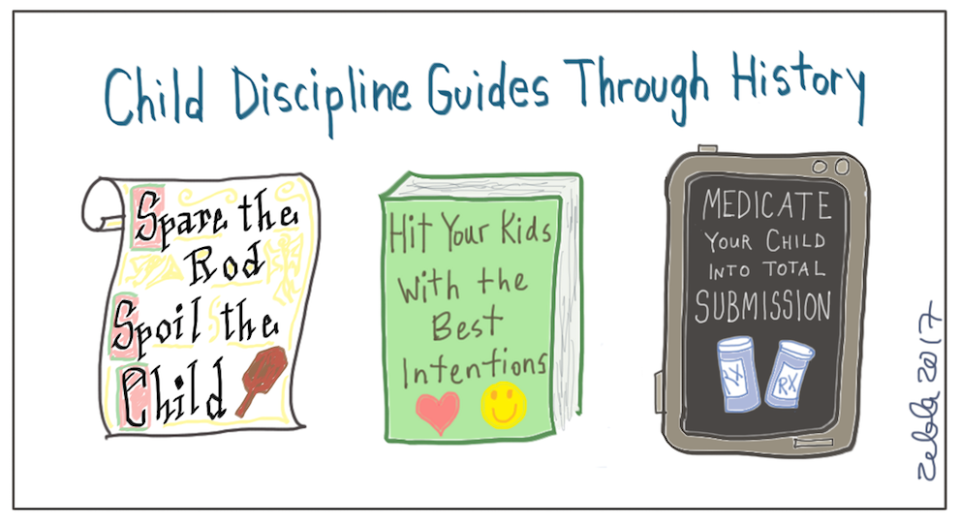
These search words keep popping up: how to restrain a violent child. I’m glad they fell on my blog and I hope they picked up my message of support and self-restraint.
How to restrain a violent child? The answer is in the question: Use SELF-restrainT.
It’s not rocket science. Virtually NO child wants to be bad. Virtually NO child wants to be violent. Virtually NO child wants to be angry and out of control. A violent child is a very sad child struggling to deal with the world.
The vast majority of parents, caregivers, teachers, or institutional workers faced with a violent child are dealing with a small, powerless person who has been neglected, or abused, or is wrestling with developmental problems. Are they helped by YOUR rage and power issues?
So, the real issue ISN’T how to restrain the child, but how to handle and control your own anger, frustration, and rage while the child is raging. Because it’s fairly easy to seriously harm or kill a child in a crazy moment when both a child and an adult lose control. Shocking, horrible and heartbreaking.
How about treating a raging child with as much CARE and COMPASSION as possible? How would YOU like to be tackled by someone twice or three times your size and weight if you were in a frenzied state that you couldn’t control?
DO NOT: Yell, berate, threaten, or insult the child.
The central issue is your ability to control your rage. You need to harness and control your own brain’s executive functions — exactly the same functions the child is dealing with!
GENTLY and firmly use your larger body and greater strength to stop or limit damage the child might do, but make sure you remove your negative emotion — your control issues, your anger, your resentment, your humiliation, from the task. The child is raging, but not at you. You are simply there. The child is out of control and feeling terrified and humiliated.
Simple yet sophisticated for us humans, since we do exactly what the child is doing: we become angry and want to lash out/lash back. Few adults can demonstrate more self-restraint than a child. The rub: you’re the adult and you’re supposed to have better judgment than a child.
I always took my child to a soft spot with no furniture when he raged, so he couldn’t hurt himself on corners or edges while thrashing. For a few years we had a futon on a floor in a spot with no surrounding furniture. Later, I used the biggest bed in our home.
I tried my best to breathe and move myself into a neutral, ‘Zen’ state so I couldn’t be enraged or angered. Then it was just a matter of using some elementary gymnastics and wrestling to lightly and carefully restrain his thrashing limbs and head. And breathe. And breathe.
I’m heartbroken to think of the physical restraints used in institutional settings for the children unfortunate enough to be there. How would you feel if you were a small, powerless child in such a setting? How would you feel to be without love, support or protection in such a situation? Alas, this is the reality for most violent kids. I’ve seen these draconian methods: restraint chairs, handcuffs, locked rooms, closets, and such. I don’t have the heart to google statistics on the numbers of children inadvertently killed in these situations at home or in institutions.
Psychopharmacology is another issue. Less violent, but it comes with its own hefty price.
How to restrain a violent child? Start by restraining yourself. Calm yourself. This is not YOU versus CHILD. This child is not in a power struggle WITH YOU.
Then, imagine yourself in the place of this terrified, vulnerable child. Then, imagine you actually care about this little human being who is struggling to develop.
That’s all a great start.